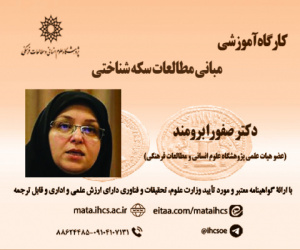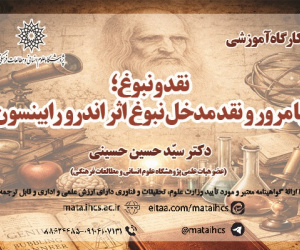ارتکاب قتل توسّط دگرباش یا دو جنسه (مقاله علمی وزارت علوم)
درجه علمی: نشریه علمی (وزارت علوم)
آرشیو
چکیده
ال جی بی تی، یک سرواژه است که شامل افراد غیر دگرجنس گرا و غیر همسوجنسی می شود. گرایش جنسی و رفتار جنسی به غیر از دگرجنس گرایی شامل همجنس گرایی، دوجنس گرایی، همه جنس گرایی و بی جنس گرایی می شود. با این حال، جامعه ال جی بی تی به گرایش های جنسی غیر دگرجنسگرایی محدود نیست و شامل افراد ترنسجندر، کوئیر و بیناجنس هم می شود. دگرباشان جنسی یا افراد دو جنسه (خنثی) همواره بخشی از جوامع ما بوده اند. یکی از مهم ترین چالش های حقوقی وضعیّت اشخاص دگرباش یا دوجنسی ها )افراد خنثی) در خصوص مجازات ها بوده و مسائل بسیاری در این مورد مطرح می باشد؛ مانند این که چنان چه افراد دگرباش یا خنثی مرتکب جنایت شوند مجازات آنها چگونه می باشد؟ سؤال اصلی در این خصوص آن است که قصاص دوجنسی ها در فقه و حقوق چگونه است و شیوه تعیین جنسیّت غالب برای معیّن نمودن کیفر قصاص به چه صورت می باشد؟ این تحقیق با استفاده از روش توصیفی - تحلیلی به برسی ارتکاب قتل توسط افراد دگرباش یا دو جنسه پرداخته است. از آنجا که جنسیّت در تعیین مجازات قصاص مؤثّر می باشد احکام فقهی مانند قصاص نیز مطابق با این تقسیم بندی مترتّب می گردد. در مورد قصاص اشخاص خنثی مشکل، مناقشه زیادی میان فقها و حقوقدانان نیست بلکه موضوع اصلی در فقه در مورد اشخاص دو جنسه (خنثی غیر مشکل) می باشد. بر همین مبنا ضرورت دارد جنسیّت غالب، مبنا واقع شود؛ بدین ترتیب حکم قصاص فرد خنثی غیر مشکل و واضح که غالبیّت به جنس مؤنّث و مذکّر را داشته باشد بر اساس همان جنسیّت غالب صورت می گیرد؛ به این معنی که ضروری است مشخّص گردد جنسیّت غالب در فرد دوجنسه چیست و برطبق آن در صدور حکم قصاص عمل نمود. با توجه به خلأ مباحث قانونی در این مورد ضرورت دارد قانونگذار به تدوین قوانین کارآمد و صریح مبادرت نماید.Commission of Murder by LGBT or Intersex Individuals
LGBT is an acronym referring to individuals who are non-heterosexual and non-cisgender. Sexual orientation and sexual behavior beyond heterosexuality include homosexuality, bisexuality, pansexuality, and asexuality. However, the LGBT community is not limited to non-heterosexual orientations; it also encompasses transgender, queer, and intersex individuals. Sexual and gender minorities—including intersex or non-binary (khuntha) individuals—have always been part of our societies. One of the most significant legal challenges concerns the criminal liability and punishment of LGBT or intersex individuals. A key issue arises when such individuals commit serious crimes such as murder: how should they be punished? The central question addressed in this study is how Islamic jurisprudence (fiqh) and legal systems approach the application of qisas (retributive justice) to intersex individuals, and how the dominant gender is determined for the purpose of sentencing. This research adopts a descriptive-analytical method to examine murder committed by LGBT or intersex individuals. Since gender plays a decisive role in the application of qisas , the rules of Islamic criminal law are shaped accordingly. There is limited debate among jurists and legal scholars regarding qisas for "problematic intersex" individuals ( khuntha mushkil ), but the main issue in jurisprudence pertains to "non-problematic intersex" individuals ( khuntha ghayr mushkil ). Therefore, it is necessary to base legal judgment on the dominant gender. Accordingly, if an intersex individual clearly exhibits dominant male or female characteristics, the ruling on qisas should be based on that dominant gender. In practice, it is essential to determine the prevailing gender identity of the intersex individual in question and to issue the qisas verdict accordingly. Given the current legal vacuum surrounding such issues, there is an urgent need for the legislature to develop clear and effective legal provisions addressing them.









